
cd_nom
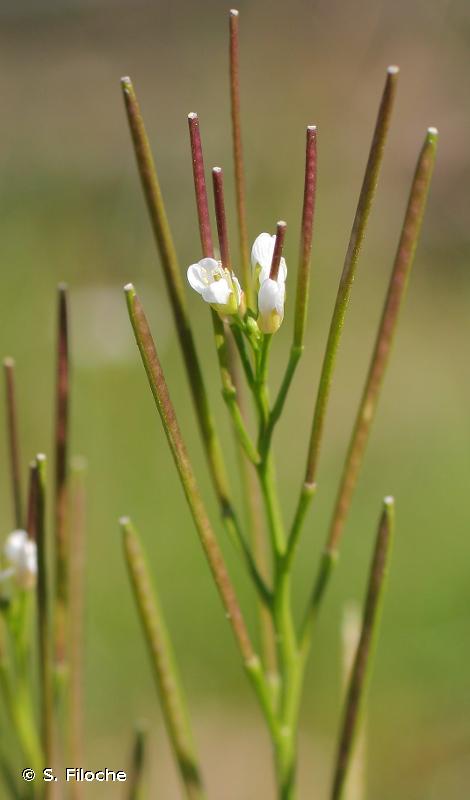
| Author : S. Filoche |
 |
To get the picture, please visit:
Sébastien Filoche,
CBNBP/MNHN
61, rue Buffon - 75005 Paris
email : inpn@mnhn.fr
Despite the Creative Commons license, please inform the author of the use which will be made of his photo
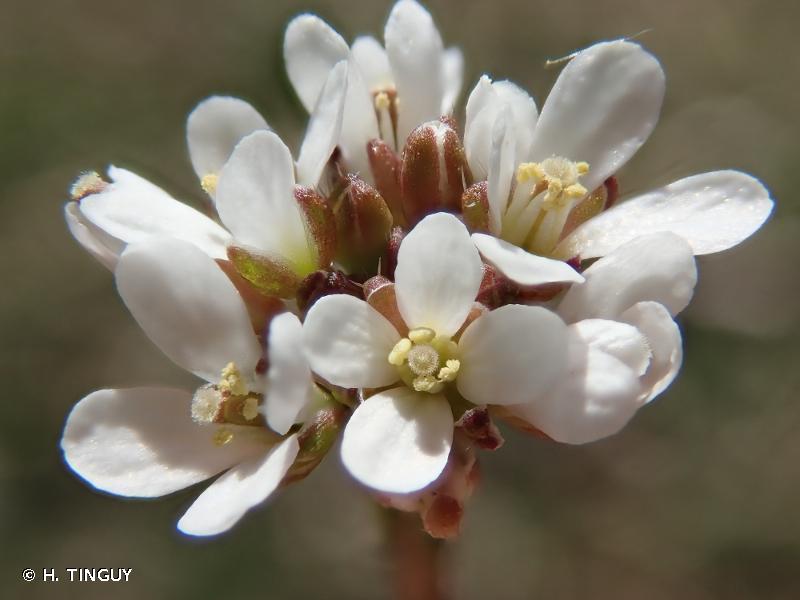
| Author : H. TINGUY |
 |
To get the picture, please visit:
Hugues Tinguy
email : inpn@mnhn.fr
Despite the Creative Commons license, please inform the author of the use which will be made of his photo

| Author : H. TINGUY |
 |
To get the picture, please visit:
Hugues Tinguy
email : inpn@mnhn.fr
Despite the Creative Commons license, please inform the author of the use which will be made of his photo
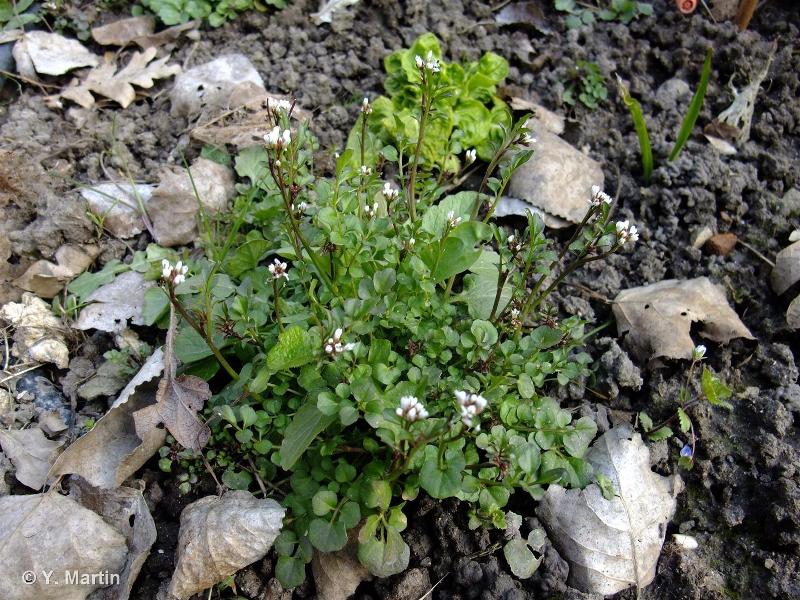
 |
To get the picture, please visit:
Yoan MARTIN
email : martin.yoan95@gmail.com
Despite the Creative Commons license, please inform the author of the use which will be made of his photo
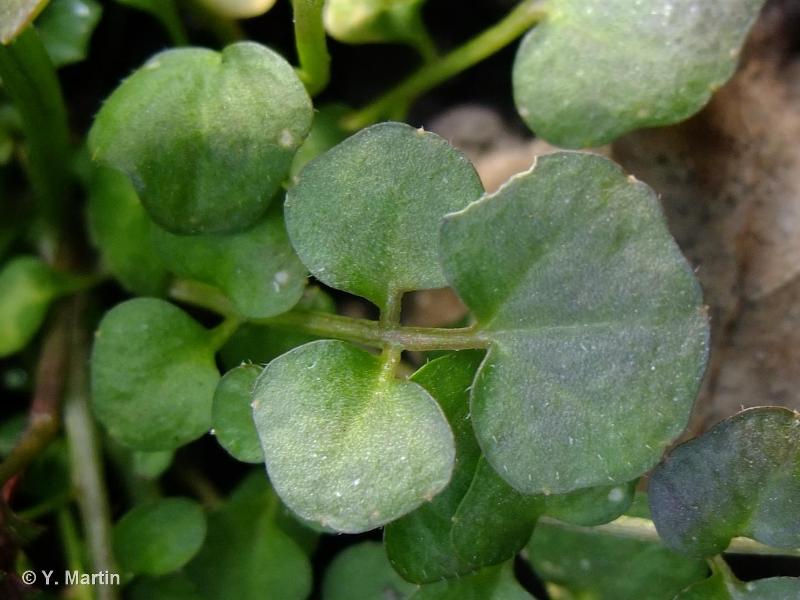
 |
To get the picture, please visit:
Yoan MARTIN
email : martin.yoan95@gmail.com
Despite the Creative Commons license, please inform the author of the use which will be made of his photo
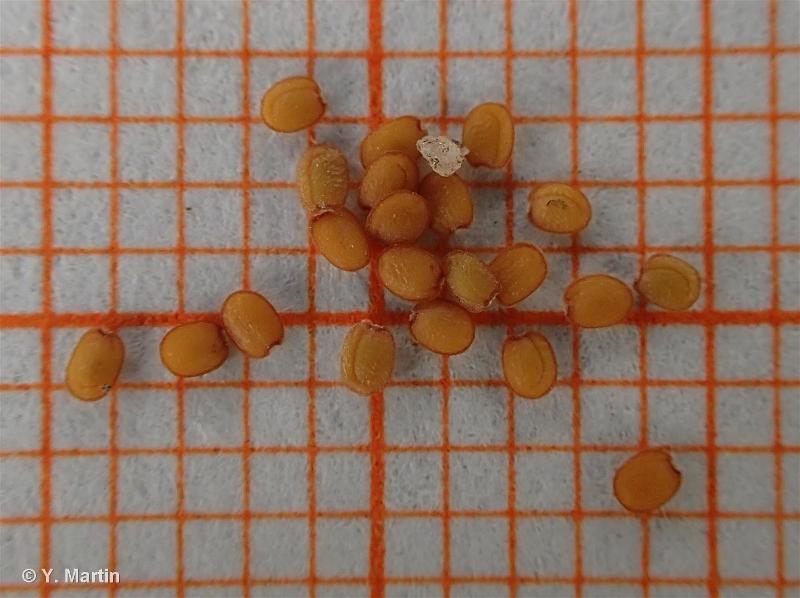
 |
To get the picture, please visit:
Yoan MARTIN
email : martin.yoan95@gmail.com
Despite the Creative Commons license, please inform the author of the use which will be made of his photo
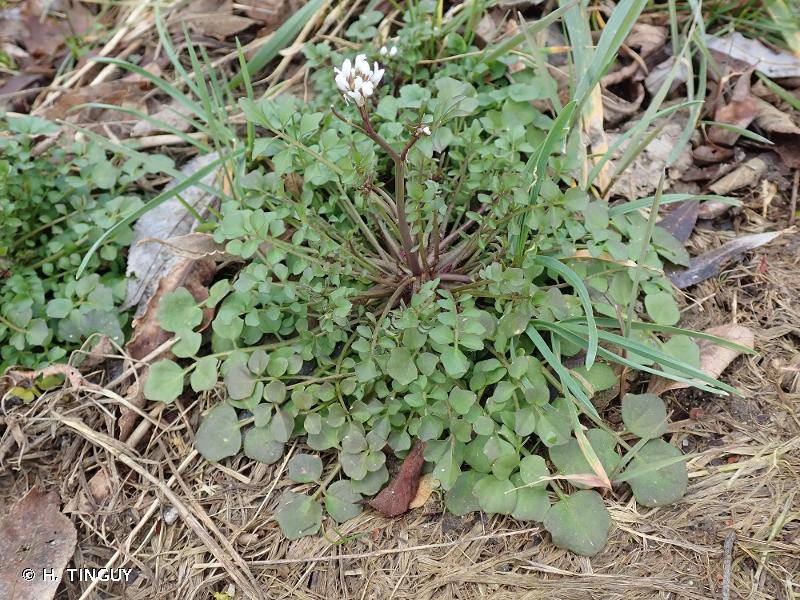
| Author : H. TINGUY |
 |
To get the picture, please visit:
Hugues Tinguy
email : inpn@mnhn.fr
Despite the Creative Commons license, please inform the author of the use which will be made of his photo
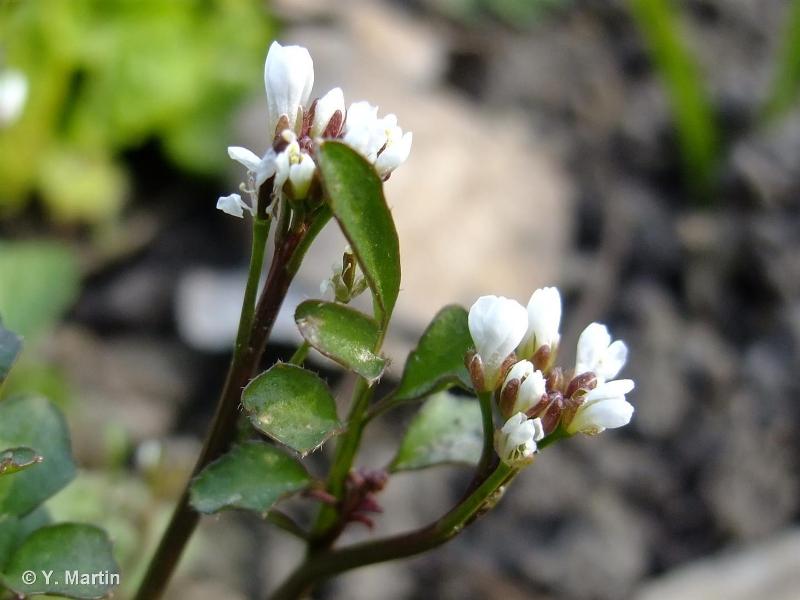
 |
To get the picture, please visit:
Yoan MARTIN
email : martin.yoan95@gmail.com
Despite the Creative Commons license, please inform the author of the use which will be made of his photo
Diagnose :
Herbacée annuelle de 5 à 25 cm. Plante hérissée à la base, tige ramifiée au sommet. La Cardamine hérissée, appartient à la famille des Brassicacées, anciennement appelées Crucifères, dont les fleurs sont caractérisées par quatre pétales disposés en croix. Ses fleurs tétramères sont blanches, regroupées en grappes aérées. Les fruits sont des siliques mesurant entre 1 et 2.5 cm, elles sont parallèles entre elles et écartées de la tige. Les valves des siliques sont planes, sans nervure nette, et à déhiscence brutale, ce qui provoque l'enroulement des valves à partir de la base. Les feuilles sont découpées en 3 à 9 lobes de forme variable, linéaires à oblongs.
Ses fleurs sont hermaphrodites et le mode de reproduction autogame. Les graines des siliques sont dispersées par propulsion et par le vent.
Détermination :
Moyennement difficile.
Espèces proches :
Confusion possible avec Cardamine flexuosa, la Cardamine des bois. Celle-ci présente un plus grand nombre de nœuds sur sa tige, que la Cardamine hérissé (5 à 10 contre 2 à 6), ainsi qu'un plus grand nombre d'étamines (6 contre 4 généralement).
Biologie-ethologie :
Floraison de février à juin.
Biogéographique et écologie :
Espèce, souvent nitrophile, des pelouses, rocailles, cultures, friches. La Cardamine hérissée est très courante sur tous les continents dans l'hémisphère nord.
D'après : Tison, J.-M., Jauzein, P. & Michaud, H. 2014. Flore de la France méditerranéenne continentale. Naturalia Publications, 2078 pp.
E. Oulès(UMS 2006 Patrimoine Naturel (AFB / CNRS / MNHN)),2016
Continental
Metropolitan France
Overseas
Marine
Metropolitan France
Overseas
The map presents a summary at the 10 x 10 km grid of the observation data for the species transmitted to the SINP. These data have been subjected to validation filters.
The map presents a reference distribution layer of the species at the scale of departments and marine sectors. The presence and absence data were established by expertise within a network of partners. This reference distribution is used in the validation process of the SINP data at the INPN level.
Corresponds to a report on the basis of at least one observation proved within a period of 10 years (20 years for little-known invertebrates) preceding the year and no presumption of extinction since obtaining the last data nor doubt on reproductive and implemented nature of this population. For migratory species, the presence indicated concerns areas of reproduction.
This status is based on one or more of the following criteria:
This point covers the absence, more difficult by nature to demonstrate than presence. This status is based on one or more of the following criteria:
This status must be assigned to a department in which the presence of the species is casual.
Particular case of absence due to a proven extinction less than a half century ago (older disappearances are treated as "no probable or definite").
In the state of knowledge, we can not comment on the presence or absence in the current department. This is the default status when not comprised in one of the previous categories or whenever there is doubt.
The map shows the global distribution of the species based on GBIF data (Global Biodiversity Information Facility).
